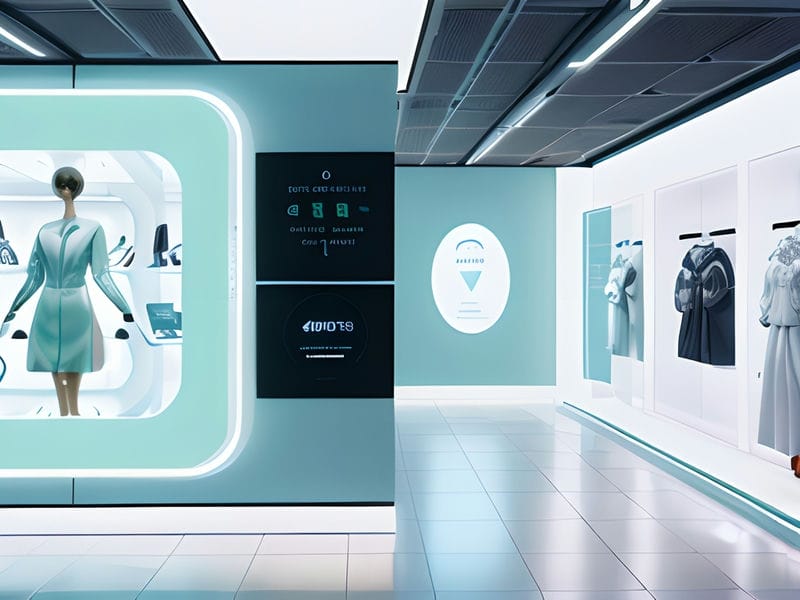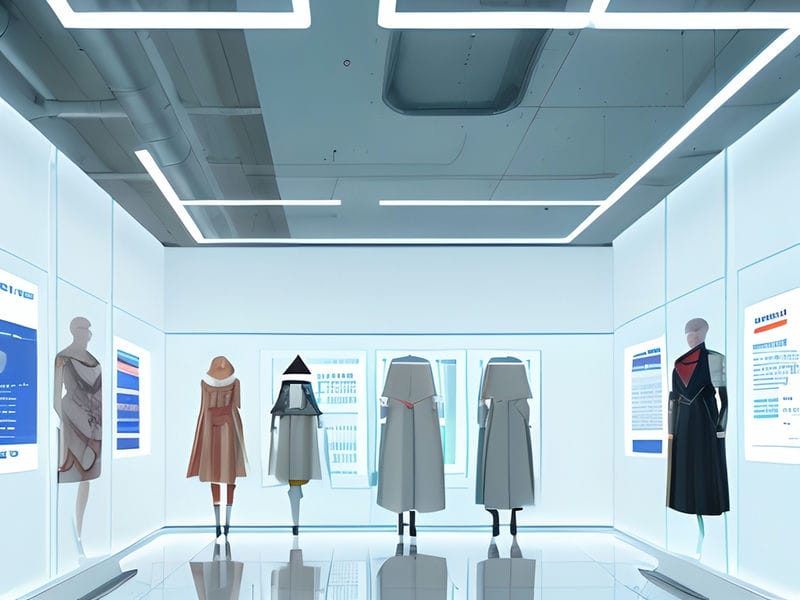
Case Studies of Tech-Driven Sustainable Fashion
Overview of how technology is being used in the fashion industry to reduce waste and pollution.
In today's world, sustainability has become a key focus in the fashion industry, with many brands seeking to reduce their environmental impact. One way that companies are achieving this is through the use of recycled materials in clothing production.
The Case Study 1: Use of recycled materials in clothing production highlights how technology is driving this shift towards more sustainable practices. By incorporating recycled materials such as plastic bottles, old garments, or textile waste into their products, companies are not only reducing the amount of new resources being used but also diverting waste from landfills.
Furthermore, advances in technology have made it possible to create high-quality fabrics and textiles from recycled materials without compromising on style or performance. Innovations such as chemical recycling and mechanical recycling processes have enabled designers to create eco-friendly garments that are both fashionable and durable.
By showcasing these case studies of tech-driven sustainable fashion, we can see how the industry is evolving to meet the demands of conscious consumers who prioritize ethical and environmentally friendly products. Fair trade fashion supports artisans worldwide How to Embrace Technology in Sustainable Fashion Choices Piatex. Clothing swaps encourage reuse Chic Sustainable Wardrobe Carbon Trust Certification. As more companies embrace the use of recycled materials in their production processes, we can expect to see a positive impact on both the environment and society as a whole.
In conclusion, the Case Study 1 exemplifies how technology is playing a crucial role in driving sustainable practices within the fashion industry. By utilizing recycled materials in clothing production, companies are not only reducing their carbon footprint but also setting a new standard for responsible and innovative fashion.
Case Studies of Tech-Driven Sustainable Fashion - Audrey
- Date Interview
- Arrivals
- Tops











